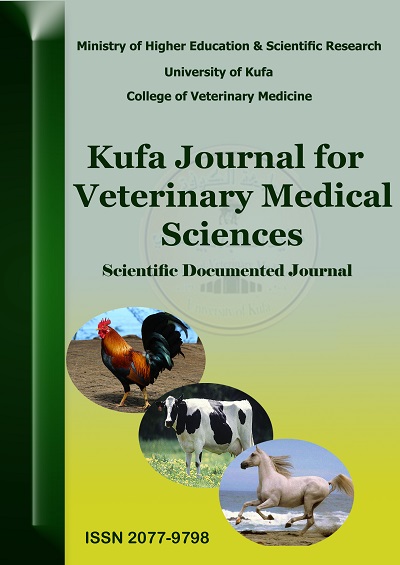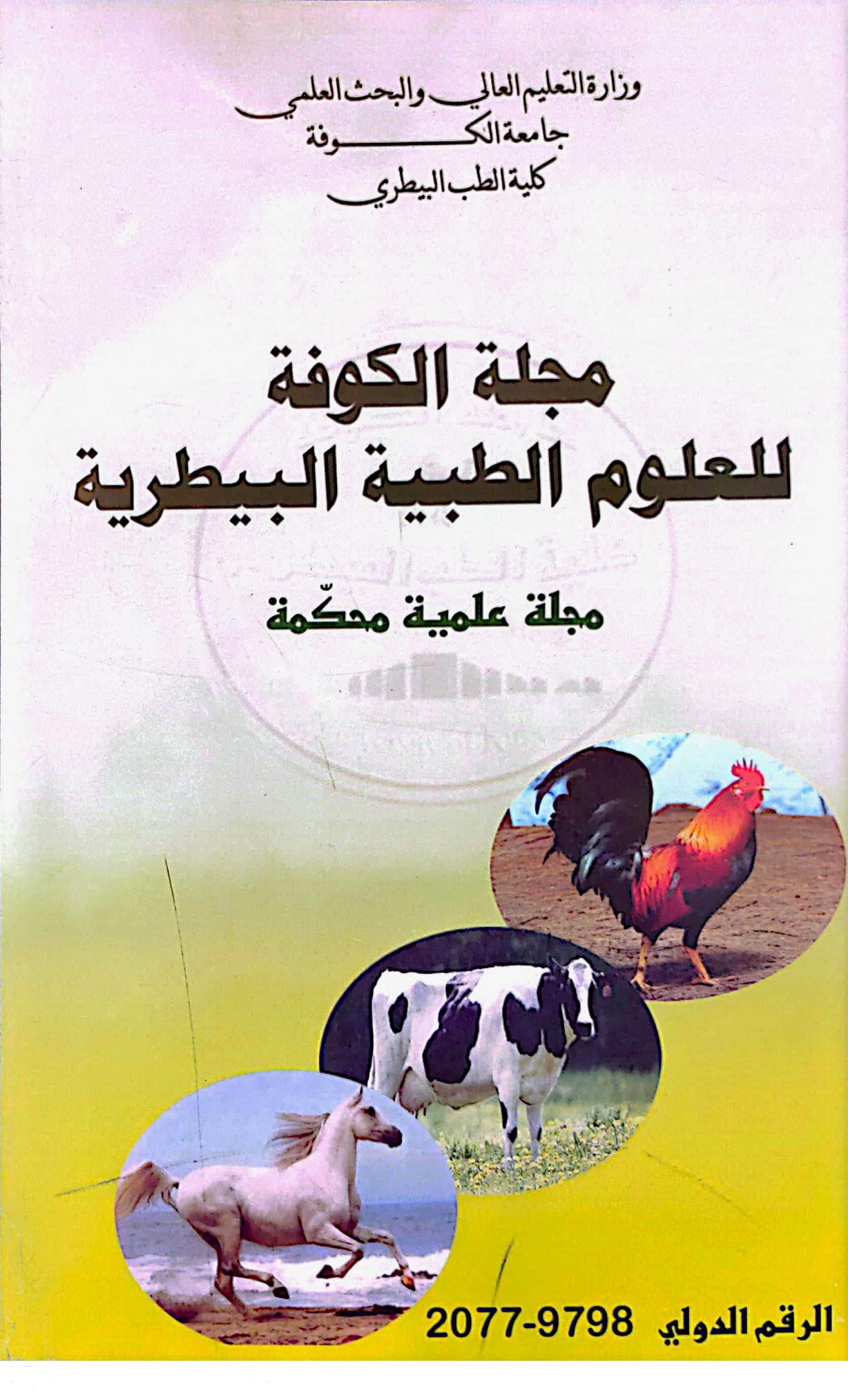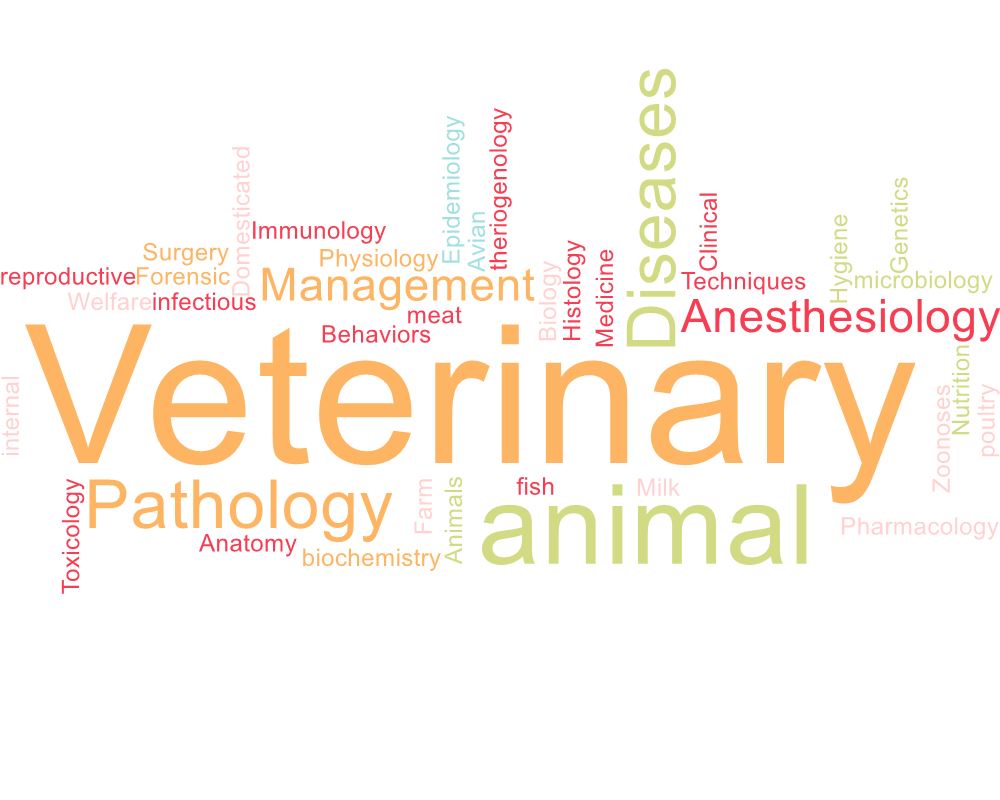A comparison between Platelet-rich plasma and low-level laser therapy for the treatment of second degree burn in sheep
DOI:
https://doi.org/10.36326/kjvs/2019/v10i23314Keywords:
PRP, LLLT, second degree burn, sheepAbstract
Background and aims: This experiment was conducted in order to compare the effect of Platelet-rich plasma (PRP) and low-level laser (LLL) therapy on healing of second-degree burn wound in sheep. Materials and Methods: Fourteen adult rams were divided into four groups of equal numbers. A second-degree burn was generated on the back of all animals. The burned area in the first and second group was exposed and autologous PRP and LLL (6 J/cm2), respectively were applied on burned area continuously for five days. Fourteen days later, samples were collected from all animals for histopathological examinations. Results: Histopathological evaluations on the second week showed the burn healing to be better in the PRP than LLL and both of them were better with respect to the control group. Conclusion: The application of PRP for five days is effective than LLL application in healing burn-related skin wounds in sheep model.Downloads
Download data is not yet available.
Downloads
Published
2019-12-31
How to Cite
Munahi, A. K. ., Hussein, A. A. ., AL Haidri, D. H. ., & Mehjal, R. G. . (2019). A comparison between Platelet-rich plasma and low-level laser therapy for the treatment of second degree burn in sheep. Kufa Journal For Veterinary Medical Sciences, 10(2), 53–64. https://doi.org/10.36326/kjvs/2019/v10i23314
Issue
Section
Articles
License
Copyright (c) 2019 Ahmed Kadhim Munahi, Abbas Ali Hussein, Dhurgham Hameed AL Haidri, Raed Gahat Mehjal

This work is licensed under a Creative Commons Attribution 4.0 International License.













